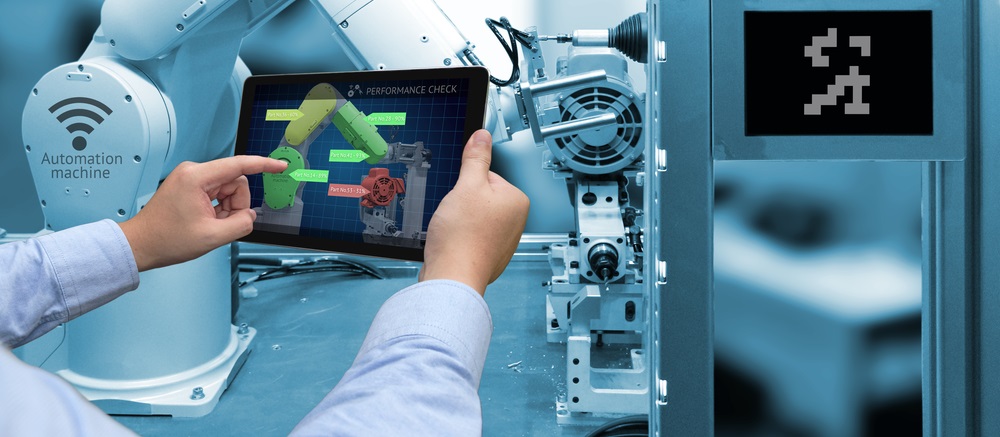We hear plenty these days about stagnant wages. But for one group of workers, the pay has been anything but…
In fact, their compensation rose nearly 50% in the past decade!
And even though we’re talking about the bluest of blue-collar occupations, some employers in this sector now offer traditionally unheard-of benefits: 401(k) plans, health insurance, paid vacations, subsidized housing and even profit-sharing.
And yet, employers are still having trouble getting enough people for the job.
What’s the occupation, you ask?
Farmworker.
Growers and farmers can only pay so much given what their crops are worth at market.
So you can probably guess where an increasing number of harvesting tasks are headed…
As the Los Angeles Times noted recently, farmworker pay in California rose from roughly $20,000 a year in 1996 to nearly $30,000 annually by 2015. (Those are full-time equivalent wages; most of the work is seasonal, of course.)
The trend in wages has as much to do with minimum-wage mandates in farming states, as well as a faster-growing Mexican economy (and a slower-growing one here in the U.S.), as with anything to do with U.S. labor and illegal immigration policies.
But faced with the problem of having to pay more and more to attract the workers needed, farmers in California are turning to a choice we’ve long discussed here…
Increased automation, robotics and machine harvesting.
Berry growers are now experimenting with using robotic machines to plant seedlings. Others now use machines to cull and harvest heads of lettuce and spinach. More are using “smart machines” such as the LettuceBot, which is towed behind a tractor to identify and kill weeds.
All are among the many tasks on vegetable and fruit farms once thought too delicate and precise to be performed by anything but human hands. It’s a worldwide trend that’s only just getting started:

Many California growers of wine grapes are making a similar choice. They’re reconfiguring their rows of vines (and the long wire trellises that keep them off the ground) so that a machine, rather than a skilled human, can go about the meticulous effort of pruning and culling their valuable plants.
The ultimate goal? A “no touch” vineyard where every task can be performed by a machine.
In some ways, this is nothing new. Automated combines vastly reduced the need for farm labor in the corn- and wheat-growing Midwestern states. In the 1980s, sugarcane growers in Florida switched to using mechanized machines, replacing the 9,000 human “cutters” they once imported under contract from Jamaica.
But the bigger point is this: If things as hands-on as fruit and vegetable planting, weeding chores and harvesting can be automated, mechanized and robotized, then lots of other hands-on occupations can be too.
One respected consulting firm, PwC (formerly PricewaterhouseCoopers), recently estimated that robotics and automation could replace a third or more of U.S. jobs over the next 15 years.
It’s a broader trend that we’ve warned about before, and part of a continuing threat to traditional employment growth. But it’s also an investment opportunity. Our society will have to grapple with both in the years to come.
Kind regards,

Jeff L. Yastine
Editorial Director
P.S. Market crashes have plagued investors for decades. However, a simple, one-page calendar that was assembled in 1905 has predicted every boom and bust, including the 2008 financial crisis. Investment titans have been using it for years to make market-crushing gains that most investors can only dream of. Click here to learn more about this calendar and why the crash-proof strategy behind it makes investing safe and easy.










